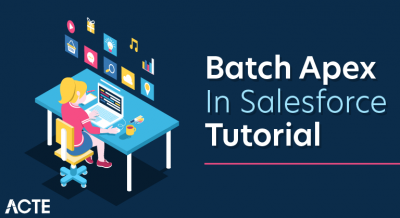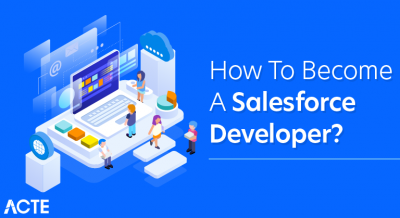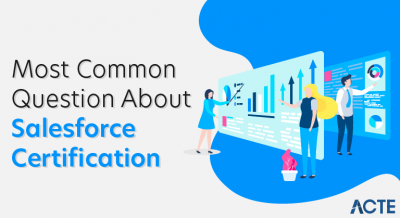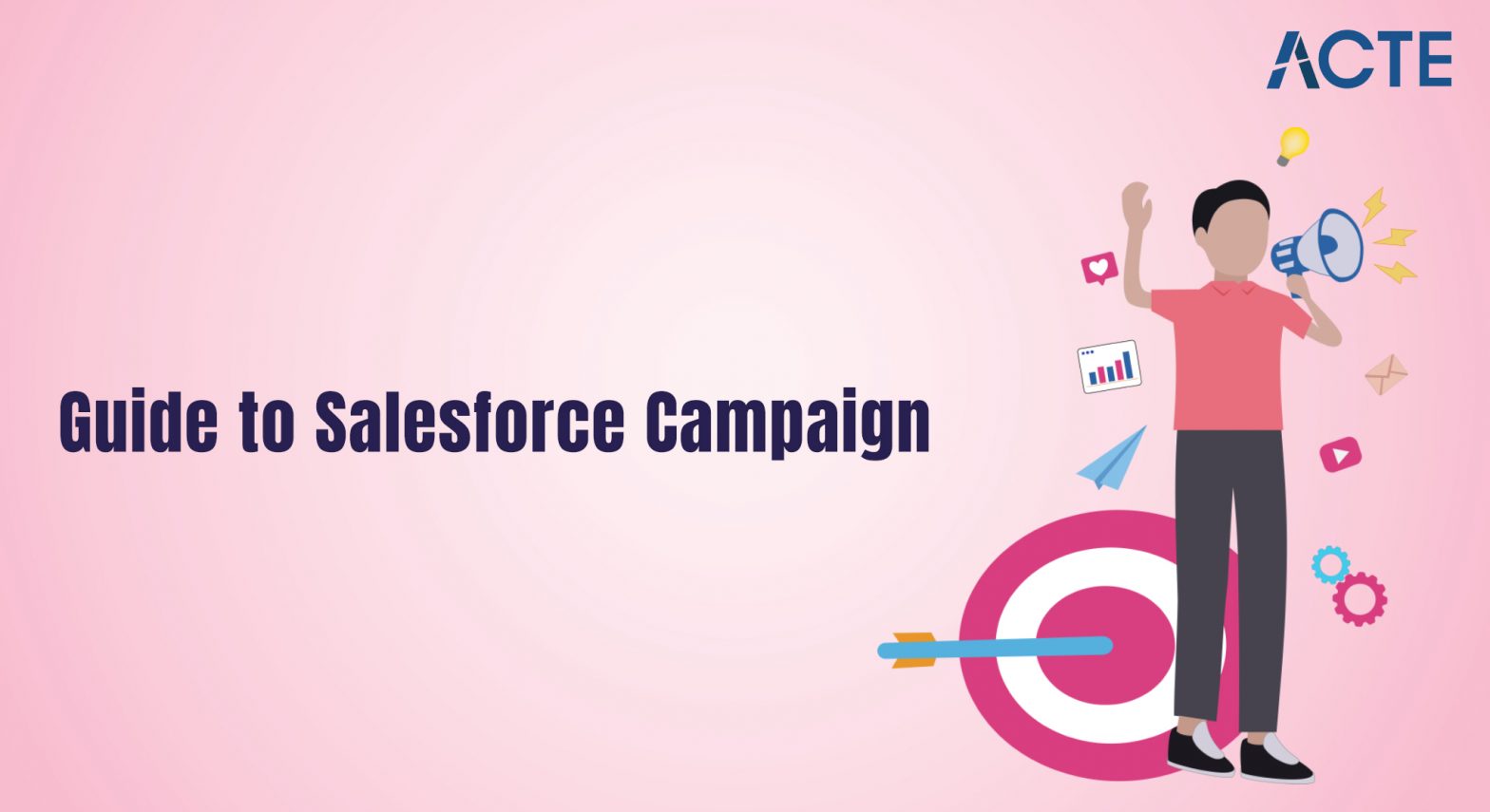
- Introduction to Salesforce Campaigns
- Understanding Campaign Types and their Purpose
- Preparing for Campaign Creation
- Creating a New Campaign in Salesforce
- Assigning Members to Your Campaign
- Integrating Campaigns with Other Salesforce Features
- Tracking Campaign Effectiveness Using Reports and Dashboards
- Conclusion
Introduction to Salesforce Campaigns
A Salesforce Campaign is a powerful tool used to organize and manage marketing efforts by grouping leads, contacts, and opportunities under a specific initiative. Whether you’re running an email marketing campaign, planning a webinar, promoting through social media, or hosting an event, Salesforce Campaigns help centralize all related activities and interactions. This structured approach enables marketers to track responses, engagement, and conversions effectively, offering a comprehensive view of campaign performance. By associating contacts and leads with particular campaigns, you gain the ability to analyze customer behavior and measure the effectiveness of each marketing channel in Salesforce Training. Salesforce Campaigns also support ROI tracking, helping organizations evaluate the value generated from their marketing investments. This visibility is essential for optimizing budget allocation and improving overall marketing strategy. Campaign hierarchies and reports further enhance insights by showing how smaller efforts contribute to larger goals. With real-time data and analytics, marketers can make informed decisions, adjust strategies on the fly, and target audiences more precisely. Ultimately, Salesforce Campaigns offer a data-driven, scalable solution to enhance marketing performance, ensure alignment with sales objectives, and drive business growth through smarter, more efficient outreach efforts.
To Explore Salesforce in Depth, Check Out Our Comprehensive Salesforce Training To Gain Insights From Our Experts!
Understanding Campaign Types and their Purpose
Before creating a campaign in Salesforce, it’s essential to understand the different types of campaigns available and their specific purposes. Each type supports a unique marketing strategy and provides tailored tracking capabilities. Direct Mail Campaigns involve sending physical materials such as brochures or postcards to potential customers. These campaigns typically focus on measuring response and conversion rates from mail recipients in Salesforce Salaries. Email Campaigns use targeted digital messages to reach prospects and customers, with Salesforce providing tools to monitor open rates, click-throughs, and direct responses, making them ideal for fast, measurable outreach. Event Campaigns are centered around scheduled activities like webinars, trade shows, or live seminars. These allow you to track registrations, attendance, and engagement metrics during and after the event.

Social Media Campaigns help you manage and analyze efforts on platforms like Facebook, LinkedIn, or Twitter by tracking interactions, shares, and lead conversions. Lastly, Referral Campaigns focus on leads generated through customer referrals or affiliate networks. Salesforce allows each campaign type to be customized with specific data fields, enabling you to evaluate effectiveness and ROI based on campaign goals and channels, ensuring your marketing efforts are both strategic and data-driven.
Preparing for Campaign Creation
- Define Your Campaign Objective: Clearly identify the goal of your campaign. Whether it’s lead generation, event promotion, or brand awareness, having a focused objective ensures you measure success effectively.
- Determine Your Target Audience: Define who you want to target (e.g., specific segments of leads, contacts, or accounts). Understanding your audience helps you craft tailored messages and maximize engagement.
- Choose Campaign Type: Decide on the campaign type that aligns with your strategy (e.g., Direct Mail, Email, Event, Social Media). Each type has its own tracking and reporting methods in Salesforce.
- Prepare Campaign Content: Develop content for the campaign, such as email templates, social media posts, or event materials. This ensures you’re ready to launch once the campaign is created in How to become a Salesforce Developer.
- Set Budget and ROI Expectations: Determine the budget and the expected return on investment (ROI). This will help you assess the campaign’s performance later.
- Assign a Campaign Owner: Choose a person responsible for managing the campaign and tracking progress.
- Prepare Metrics for Success: Decide on key performance indicators (KPIs) like conversion rates, responses, or engagement to measure the success of the campaign.
- Navigate to the Campaigns Tab: From the Salesforce App Launcher or the main navigation bar, select the “Campaigns” tab. If it’s not visible, use the App Launcher to search for it.
- Click on “New”: Click the “New” button to begin creating a new campaign. This opens a form where you’ll input campaign details in Most Common Questions About Salesforce Certification.
- Enter Basic Information: Provide essential information such as Campaign Name, Type (e.g., Email, Event, Social Media), Status (Planned, In Progress, Completed), and Start and End Dates. This helps organize and track campaign progress.
- Set Budget and Expected Revenue: Optionally, enter the Planned Cost, Actual Cost, and Expected Revenue. These fields assist in tracking the campaign’s ROI.
- Assign an Owner: By default, the campaign is assigned to the user creating it, but you can change the owner to another team member if needed.
- Save the Campaign: After filling out all necessary details, click “Save” to create the campaign.
- Add Campaign Members: Once created, add leads, contacts, or person accounts as members. Their responses and interactions will be tracked under this campaign.
- Integrate with Pardot: Pardot is Salesforce’s B2B marketing automation tool, and integrating it with Salesforce Campaigns helps automate and scale your marketing efforts. Pardot enables email marketing, lead nurturing, and more.
- Link to Opportunities: You can link Salesforce Campaigns to opportunities in your pipeline to track how marketing efforts directly impact sales in Salesforce Developer certification changes & Improvement.
- Track Campaign ROI with Salesforce Einstein Analytics: Einstein Analytics provides advanced AI-powered insights into how your campaigns are performing. You can forecast trends, compare campaigns, and make data-driven decisions for future campaigns.
Do You Want to Learn More About Salesforce? Get Info From Our Salesforce Training Today!
Creating a New Campaign in Salesforce
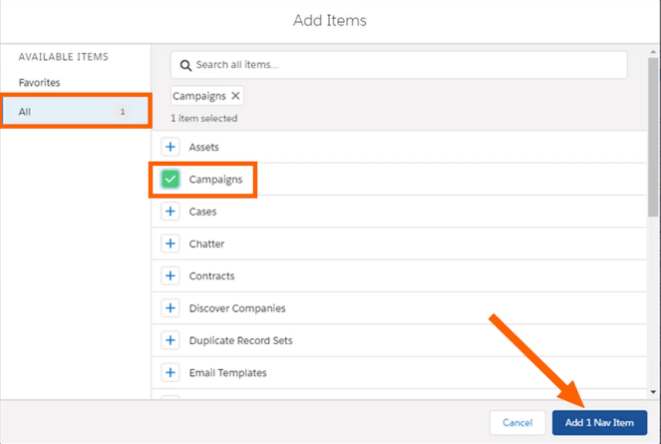
Assigning Members to Your Campaign
Assigning members to your campaign in Salesforce is a crucial step in tracking the effectiveness and engagement of your marketing efforts. Whether your campaign is focused on generating leads, promoting a product, or driving customer engagement, it’s essential to associate the right contacts, leads, and opportunities to ensure accurate tracking and reporting. In Salesforce, you can assign members to a campaign in several ways. One common method is manually adding members by searching for and selecting specific Leads or Contacts from your database. Salesforce allows you to add them directly to your campaign, either individually or in bulk, in Salesforce Training. You can also use Reports to identify leads or contacts that meet specific criteria and add them to the campaign automatically. Another way to assign members is by using List Views or leveraging automation features like Process Builder or Flows to add members based on predefined criteria. This can be especially useful for ongoing campaigns where new leads or contacts meet the campaign’s target demographics. By assigning the correct members, you can track responses, measure campaign performance, and ensure that you are engaging the right audience to drive meaningful results from your marketing efforts. This level of tracking helps optimize future campaigns and improve ROI.
Would You Like to Know More About Salesforce? Sign Up For Our Salesforce Training Now!
Integrating Campaigns with Other Salesforce Features
Tracking Campaign Effectiveness Using Reports and Dashboards
Tracking and measuring the success of your marketing campaign is critical for understanding its impact and optimizing future efforts. Salesforce provides powerful reporting tools to help you effectively monitor campaign performance. Standard reports offer valuable insights into key metrics, such as Campaign ROI, which helps you assess the revenue generated in relation to the campaign’s cost. Additionally, you can track the Response Rate, showing how many recipients engaged with your marketing materials, and the Conversion Rate, which reveals how many leads turned into opportunities or sales in Automation Tools in Salesforce. If the standard reports don’t provide all the necessary insights, Salesforce allows you to create custom reports using its report builder. This feature enables you to pull specific data that aligns with your unique campaign objectives, offering a more tailored view of your performance. To make data analysis even more accessible, Salesforce dashboards provide a visual summary of your campaign’s progress. You can set up custom dashboards to track essential metrics and display them in charts or graphs, making it easy to spot trends and identify areas for improvement. These tools empower you to make data-driven decisions and continuously refine your marketing strategies.
Preparing for a Salesforce Job Interview? Check Out Our Blog on Salesforce Interview Questions and Answers
Conclusion
Creating a successful Salesforce campaign requires thoughtful planning, execution, and ongoing optimization. By following the steps outlined in this guide, you can efficiently design, manage, and track campaigns that align with your business goals. Salesforce offers a robust set of tools and features that empower you to monitor campaign performance, measure success, and make data-driven improvements. These capabilities ensure that you can continuously refine your marketing strategies to achieve better outcomes. With Salesforce, you can gain valuable insights into key metrics, track customer engagement, and evaluate the ROI of your campaigns in Salesforce Training. By setting clear goals, segmenting your audience, and leveraging automation, you can streamline your processes, personalize your outreach, and save time. Additionally, optimizing your campaigns for mobile users and conducting regular tests will allow you to stay adaptable and responsive to customer needs. When implemented effectively, Salesforce campaigns become an integral part of your marketing and sales efforts. They help drive business growth, enhance customer relationships, and improve overall satisfaction. By using Salesforce’s comprehensive tools and adopting the right strategies, your campaigns will be positioned for long-term success, contributing to sustained business development and a stronger market presence.

